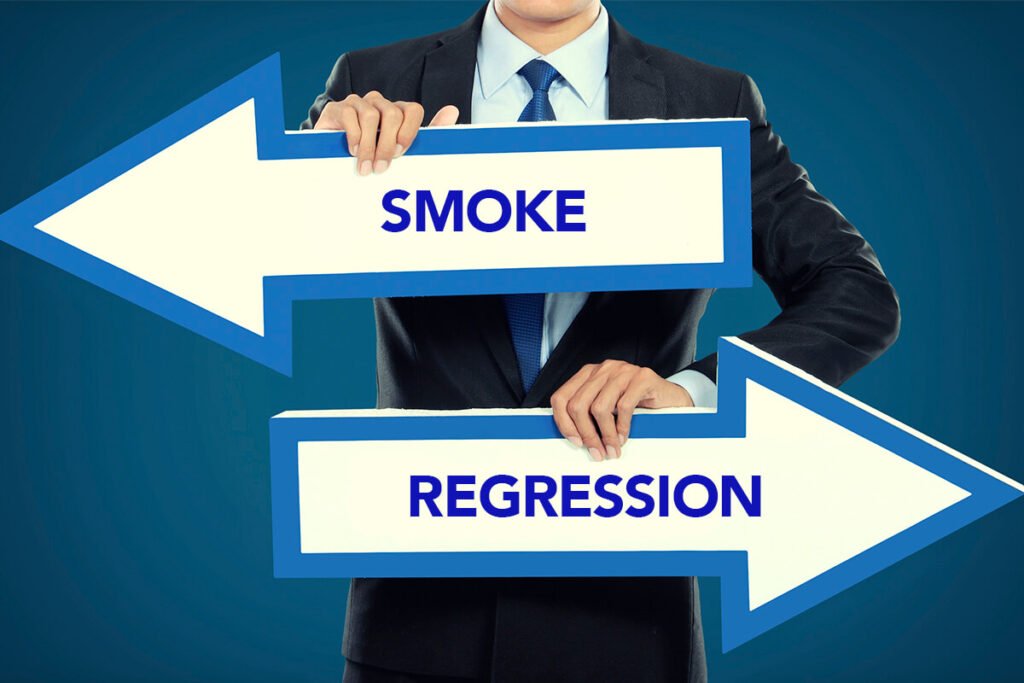
Choosing Between Regression Tests and Smoke Tests
Last updated on April 7th, 2024 at 01:05 pm
Smoke test development and regression test development are related and analogous, but with a slightly different angles. The biggest differentiating factor in the smoke versus regression tests is the depth and compass of the test– or how far it goes through the operation. Does it cover multiple configurations or a single set? These are the type of questions you need to answer to make precious smoke and functional regression suites. Define what your smoke tests corroborate first. Are they vindicating the operation installs and opens as anticipated, or do they go deeper than that?
Functional regression test cases are developed to test a full function– or at least a piece of it– and also recombined to test the operation from end to end in colorful possible scripts. Granted, utmost operations contain so numerous dissonances in the scripts it’s insolvable to test them in a reasonable quantum of time, let alone the time that is erected into a release schedule. Still, elect the tests that represent the fullest functional cover and go into further depth than your smoke test suite for functional regression tests.
Let’s say that as a quality assurance team lead or director you have a large suite of functional regression tests but none are defined as smoke tests. Therefore, smoke testing and sanity testing are very significant these days. However, also your first step is to prioritize which corridor of the operation is most critical if your test cases aren’t prioritized. From there, you can determine which functional area each test represents. Next, look at disfigurement statistics for the once two to three releases and see which areas those blights were set up in. Determine if there are one or further areas that have further disfigurement reports against them. Also, determine if any of your critical tests cover those areas. Add the most critical tests to the smoke test suite. Keep the number under control and keep in mind you have to allow time for exploration if the tests fail. The smoke test suite should be under 30 tests for homemade execution and no further than 50 for automated execution. Else, add them to the functional regression suite.
It’s profitable to make the smoke and functional testing suites around each other. In other words, they should both test the critical areas of the operation but to varying depths or degrees of detail. The simpler tests need to be developed into a smoke test suite, while the more in-depth tests are added to the functional regression suite. I do not believe in superficial testing within a smoke test suite– if the only time I’ve allows me to execute a smoke test suite, I want to feel I have exercised the operation. Superficial tests can fluently be covered within functional regression tests. For the smoke test suite, concentrate on tests that give immediate value and cover functionality the client truly cares the most about.
Read Dive is a leading technology blog focusing on different domains like Blockchain, AI, Chatbot, Fintech, Health Tech, Software Development and Testing. For guest blogging, please feel free to contact at readdive@gmail.com.
